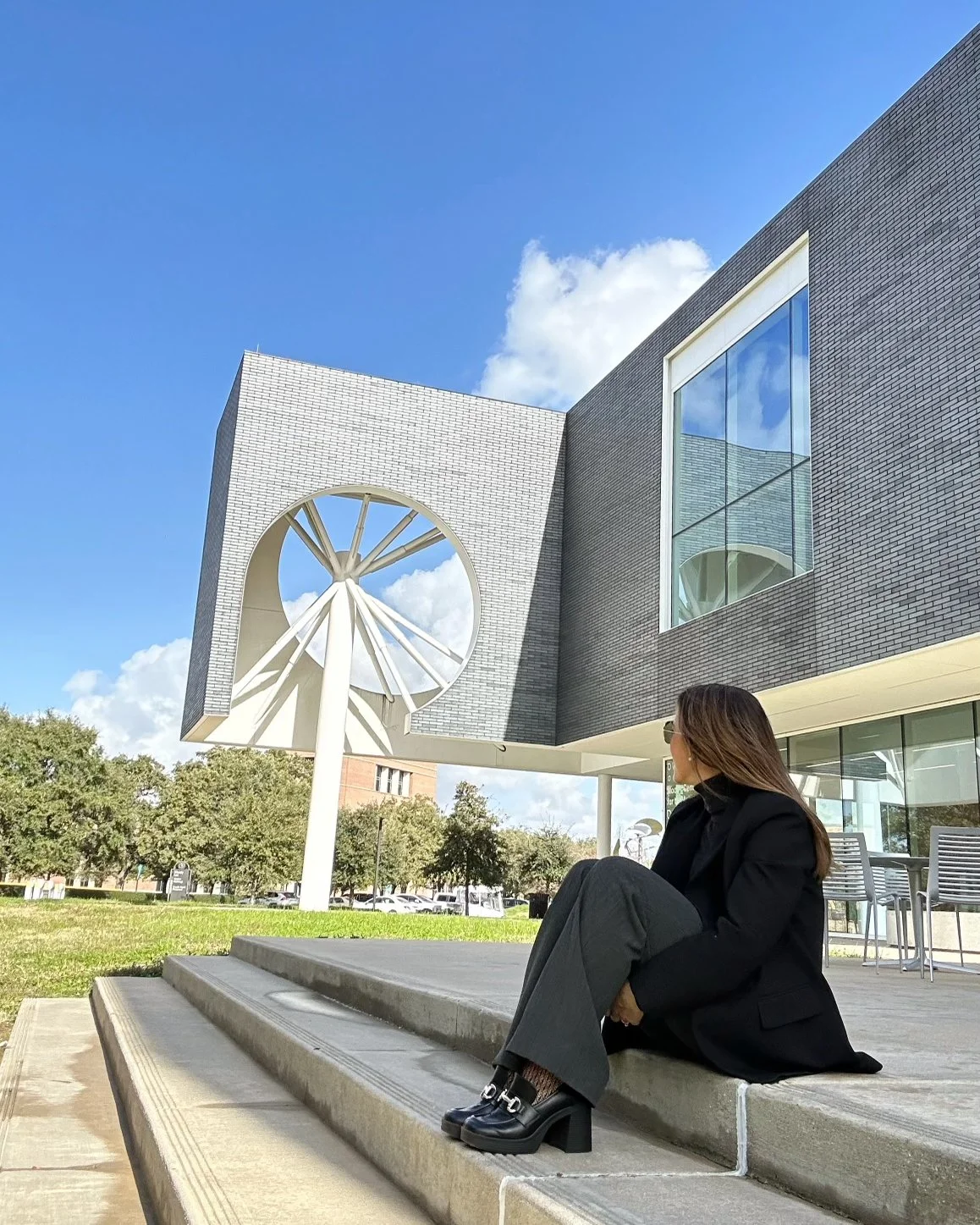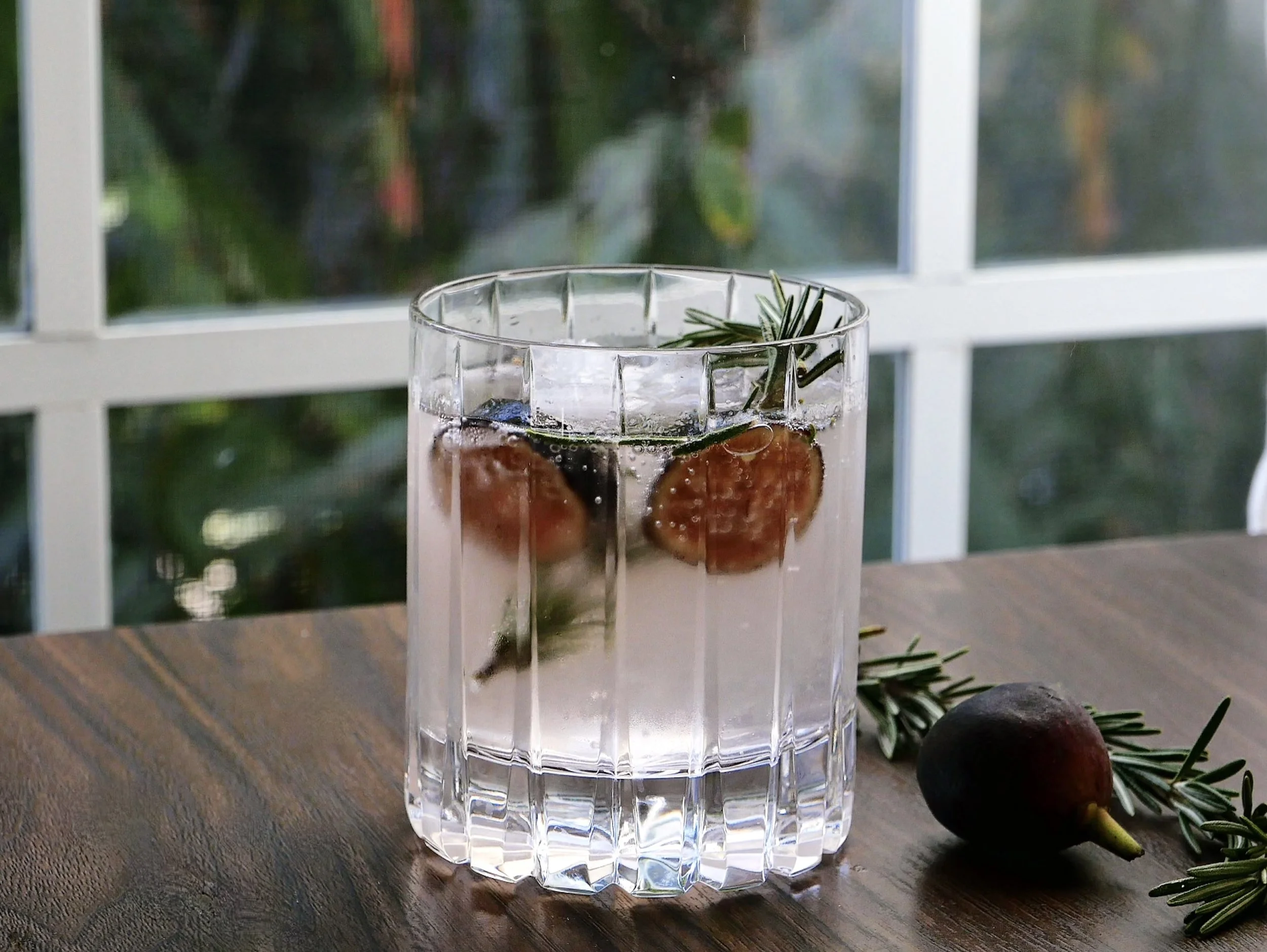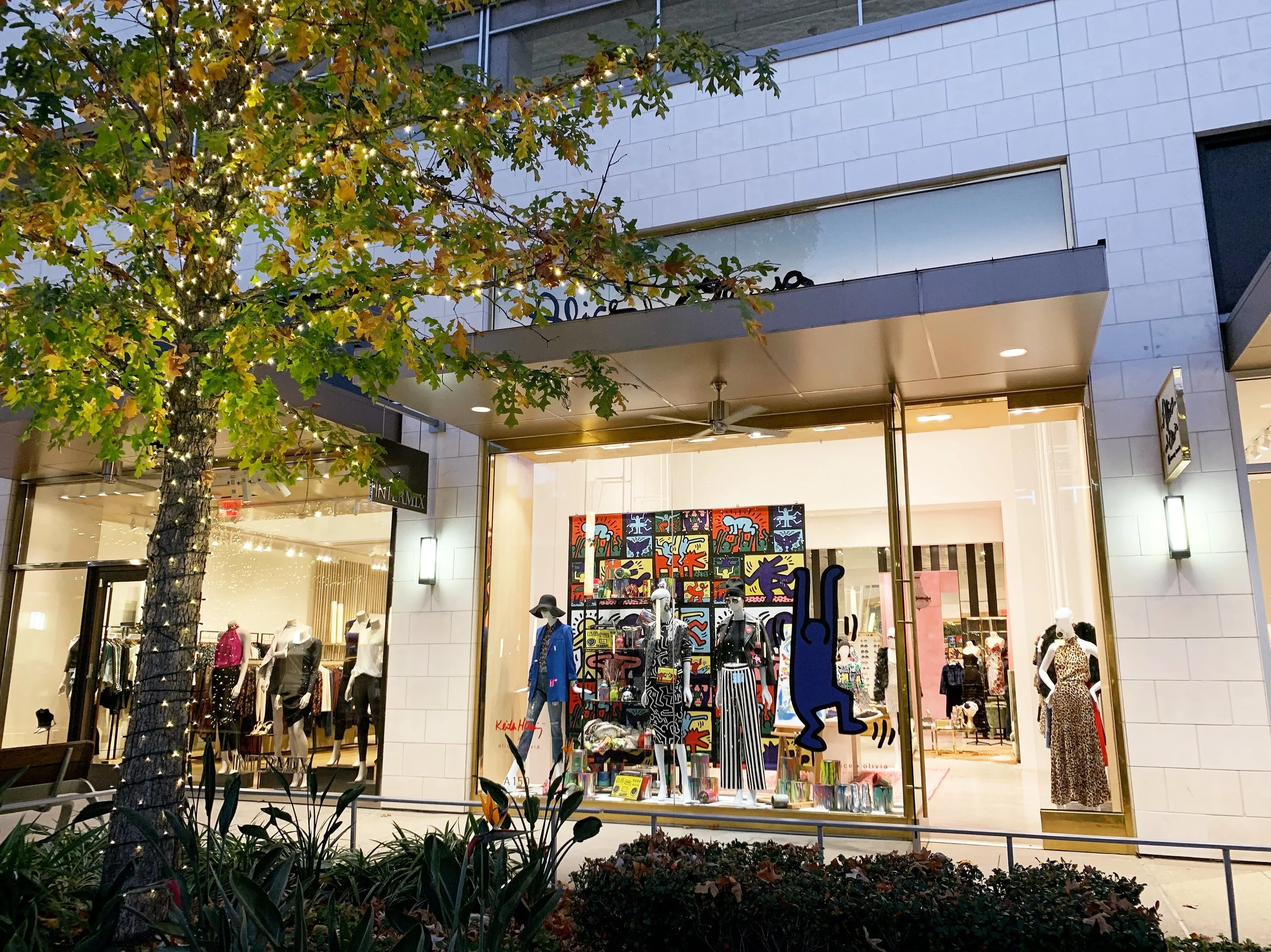The Three Things you need to know about Mezcal
/On September 16, Mexico’s Independence Day is celebrated and this year I will toast with Mezcal, that’s because since my last trip to Oaxaca, this drink has become one of my favorites, today I tell you why.
Mezcal has positioned itself in the market as a very popular craft drink and has become the favorite ingredient of mixologists worldwide. However, I did not know exactly what Mezcal was, its preparation, nor the difference it had with tequila until I was able to visit the enigmatic city of Oaxaca last year and one of the most famous Palenques Mezcaleros in the region, the Gracias a Dios Palenque.
What’s a Palenque and a Maestro Mezcalero
The first thing I learned as soon as I arrived in Oaxaca - in addition to the fact that Oaxacan cheese is actually called Quesillo - is that the traditional place where the Mezcal is made is called a Palenque and that the person that manages the place and is an expert in the Mezcal process, is called a Maestro Mezcalero. In the Gracias a Dios Palenque, we met the most charismatic, knowledgeable and fun Maestro Mezcalero in all of Oaxaca, Oscar Hernández Santiago or "Paco" as his friends call him. Maestro Hernández is the fourth generation of Maestros Mezcaleros and he says he was born with Mezcal in his blood and he gave us a wonderful personalized tour of the place and a detailed explanation of the whole process.
How is Mezcal made
The majority of the Mezcal is produced in the State of Oaxaca in Mexico due to the fact that they have more than 190 species of Maguey. The word Mezcal in Nahuatl means - agave cooked in the oven. Gracias a Dios Mezcal is made with a 100% hand-made process that starts with the very delicate care of the land.
An Espadín Maguey plant takes 6 years to mature and then the leaves are cut or trimmed to keep only the hearts which are called Piñas or pineapples. This process is called Jimar, which in Nahuatl means to shave.
The pineapples are cooked in an oven buried in the ground for approximately four days, thus its smokey flavor. Once cooked, the pineapples are crushed by a stone mill thanks to a mare named Gaviota, which is this Palenque's most famous and pampered horse. The pulp then rests in oak tubs and is left to ferment from 3 to 15 days before going through a double distillation process. Once the white Mezcal has been distilled, it is bottled immediately. The reposado or aged rests for 3 months in white oak barrels.
The best part of the process was to taste each of the Mezcales that they make in Gracias a Dios accompanied by Maestro Mezcalero Oscar and his daughter where we laughed and were told incredible stories and anecdotes from the place.
The difference between Mezcal and Tequila
The first difference is the type of Agave that is used to make it. Tequila can only be made with a specific type of agave which is called Agave Azul or blue agave, however, Mezcal can be made with several types of Agave such as Espadín, Cuixe, Tobalá, Tepextate, among many others. For the same reason, Tequila and Mezcal are produced in different regions of Mexico; the majority of the Mezcal comes from the State of Oaxaca. Also, the process to elaborate Mezcal is handmade, while Tequila, on the other hand, comes from a process that is mostly industrialized.
What impressed me most about the Mezcal making process, is that between the sowing and ripening of the agave and the tasting of the final product, it takes at least six years, in some cases up to ten. Imagine the patience, love, and affection that they have for each and every one of the bottles that are made in this wonderful Palenque.
It was incredible to feel the energy of all the past generations of the Hernandez family in every corner of the Palenque since they leave not only a legacy but their soul and heart in each of the bottles that are made in such beloved business.
Many thanks to Xaime and Oscar for receiving us and giving my family and me such an incredible experience.
So the next time you see a bottle of Gracias a Dios Mezcal, you’ll know the effort, love and incredible energy that exists in every drop of this proud Mexican spirit.
And with my heart filled with pride and affection for Mexico, today from Houston I shout from the top of my lungs:

































































